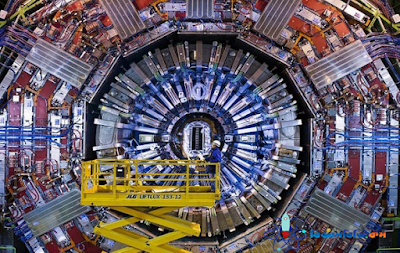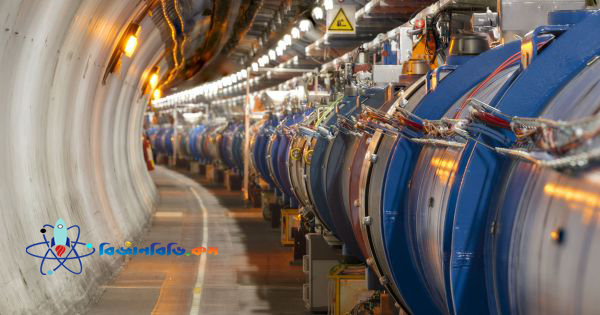 |
| The Large Hadron Collider weasel |
The Large Hadron Collider (LHC) is the largest and most powerful particle skin in the world. It was first launched on September 10, 2008 and is the latest addition to CERN's Accelerator Complex. The LHCT has a 27-kilometer ring of superconducting magnets that have the most skin structure to increase particle strength.
Inside the skin, two high-energy particles travel close to the speed of light before forming a beam collision. The beams travel in opposite directions on separate beam pipes - the two tubes are placed in an ultra-vacuum. They are guided around the accelerating ring by a strong magnetic field maintained by a superconducting electromagnet. Electromagnets are made from the coils of a special electronic cable that operates in a superconducting state, efficiently conducting electricity without resistance or loss of power.
 |
| Large Hadron Collider Size |
Thousands of magnets of different types and sizes are used to point the beam around the accelerator. These include 1232 bipolar magnets 15 m long that bend the beams and 392 quadrilateral magnets, each 5-7 m long, which focus the beams. Just before the collision, another type of magnet is used to "squeeze" the particles closer together to increase the probability of collision.
The particles are so small that the task of turning them into collisions is to throw two needles at a distance of 10 km as accurately as they meet in half.
 |
| purpose of the large hadron collider |
All controls for the skin, its services, and technical infrastructure are housed under one roof of the CERN control center. From here, the inner beams of the LHC were created to collide in four places around the skin, corresponding to the positions of the four-particle detectors - Atlas, CMS, Elysis and LHCB.



